Every spring, besides festivals, then singing, luon singing... the Tay and Nung people cannot lack traditional cakes and green rice cakes.
Every spring, besides festivals, then singing, luon singing... the Tay and Nung people cannot lack traditional cakes and green rice cakes.
These are two traditional cakes with unique flavors that are indispensable on the ancestral altars of the Tay and Nung people during the Lunar New Year.
Tay green rice cake
One day at the end of the year, we went to Mr. Dam Xuan Luu's family in Tan Phuoc commune, Dong Phu district, to see him busy with the traditional Tay people's rice cake baking kiln on the occasion of Lunar New Year.
While reheating the popcorn that popped last night to press it into molds to deliver to customers, Mr. Luu shared: “My family’s rice flake kiln has been around for nearly 30 years. Normally, the kiln is used to pop corn flakes for traders. Starting in the middle of December every year, we make sticky rice flakes for the people. The kiln is bustling from the 10th of December, gradually getting busier until the 25th, 26th and 27th of Tet. These days are the peak time of the year, with a lot of people popping rice flakes. My family members have to work all day, even hiring a few more helpers to make enough to deliver to the people.”

Mr. Dam Xuan Luu's rice popcorn kiln.
Mr. Luu’s rice kiln both makes to order and “processes” the rice, meaning that people can bring all their own ingredients, from sticky rice, sugar, molasses, etc. to the kiln to have it made. Mr. Luu charges for the labor and charges for any additional ingredients. Those who come to process the rice can also join the kiln owner in doing things like packaging.
Ms. Be Thi Le in Dak Nhau commune, Bu Dang district said that she and her sister traveled more than 80km down here to pop 3kg of sticky rice and 2kg of corn for each family. “Every Tet, I come down here to make green rice flakes because children love to eat this dish, instead of candy from shops. 3kg of sticky rice, if the rice pops well and produces a lot of green rice flakes, can make 4 batches, otherwise it can make 3 batches, and 2kg of corn for children to eat during Tet,” Ms. Le said.
Mr. Luu said that green rice cake is made from two types of grains: corn or sticky rice. To complete a piece of green rice cake, it must go through many stages. First, the sticky rice or corn is placed in an iron tube, heated over a fire for about 20 minutes, when you hear the pleasant popping sounds, it means the grain inside is cooked and popped.
During the popping process, another cast iron pan is used to cook a mixture of sugar, malt and ginger until it melts into a thick and fragrant substance, then pour the green rice into it and mix well. When the green rice pan has “candied”, pour it into a mold, press it into rectangular pieces, let it cool and dry. The green rice cake of the Tay and Nung people has the fatty taste of sticky rice, the sweet taste of molasses, and the strong aroma of ginger. It is enjoyed with a cup of hot green tea.
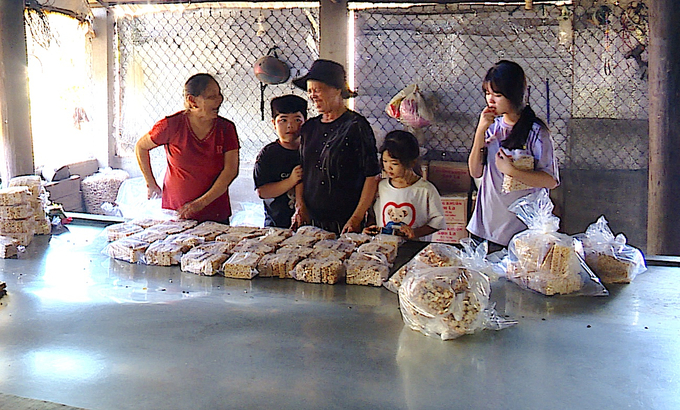
Traditional green rice cake of the Tay and Nung people is made entirely by hand.
Sli cake
In addition to green rice cakes, the Tay people's Lunar New Year is also famous for their Khao (khau sli) cakes, made from the main ingredient of sticky rice. This is the type of cake that every Tay family must have on their ancestral altar during Tet, with the belief of wishing for good luck and prosperity in the new year.
Mrs. Noi Thi Uyen, 60 years old, Tay ethnic group, born in Cao Bang, settled in Tan Phuoc commune, Dong Phu, Binh Phuoc in 1986, is a person who preserves many cultural features of her ethnic group such as then singing, luon singing, recipes for making cakes and traditional dishes, said that making Khao cake is not too difficult but it has to go through many stages and requires the maker to be skillful, meticulous and elaborate.
“To make delicious cakes, you must choose delicious, fragrant, round, plump sticky rice. The rice must be roasted evenly and ground finely. After the flour is ground, it must be put on a tray or basket lined with paper to incubate, or exposed to dew to make it easier to bind. This step is also called “lowering the ground”. The sugar used to make the cakes is brown sugar, which is finely ground to create adhesion. To make the cakes delicious and rich, the filling must also have enough flavor and be carefully prepared. The filling includes peanuts, roasted and crushed sesame, boiled pork fat, diced and marinated with sugar.
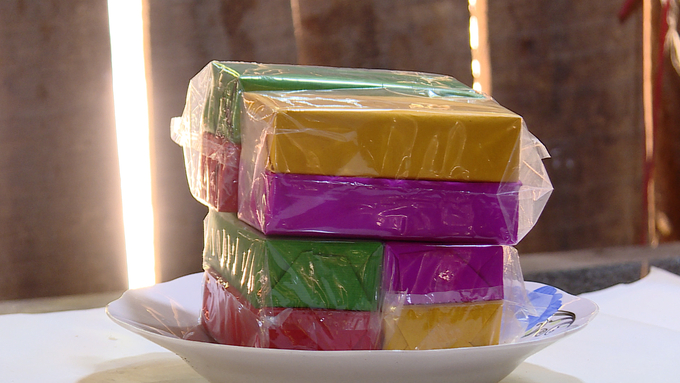
Khau sli cake (khao cake), a traditional cake that is indispensable during Tet holiday of the Tay and Nung people.
The mold for making banh khao also depends on the type. Compressing the cake into the mold is a step that requires the skill of the baker. After the cake is molded, it is cut into small packages, carefully wrapped in a layer of paper in different colors such as green, red, purple, yellow... When eating the cake, you can taste the aroma of sticky rice flour, the rich taste of sesame and roasted peanuts, the rich taste of pork fat, and the sweet taste of sugar," said Ms. Uyen.
Co oc mo cake , humpback cake and ash cake
In Tay language, coóc mo means cow horn (coóc: horn, ô: cow). Because the shape of the cake has a pointed, long tip, it looks like a cow horn. The cake is made from sticky rice, wrapped in banana leaves or dong leaves, without filling. Coóc mo cake is made from the best sticky rice that people in the highlands grow on their fields, so the flavor of the cake is very delicious, fragrant, sweet, sticky, and can be eaten until full without getting bored.
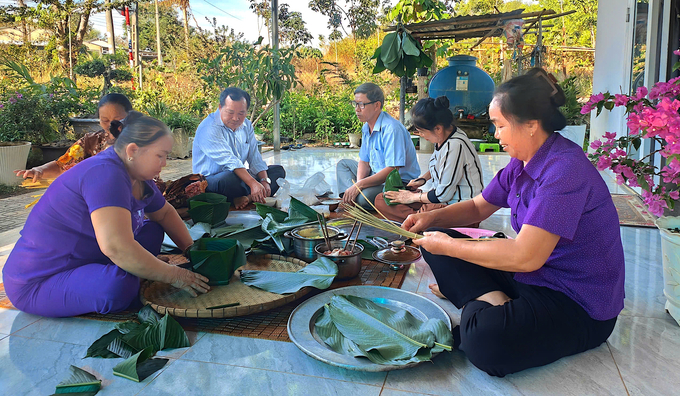
Tay people in Tan Phuoc commune, Dong Phu district, wrap cakes to prepare for the Lunar New Year.
Making beautiful, delicious cakes also requires skill and meticulousness from the baker. Sticky rice must be washed with water many times until the rice water is clear. Continue to soak the sticky rice for a few hours to soften it. Tear the banana leaves into squares, roll them into a funnel shape, then pour the sticky rice inside, pat the outside gently to tighten the sticky rice, fold the edges of the leaves and use soft strings to tie the cake. The step of tying the strings may seem simple at first glance, but it is the most important step, determining the quality of the cake. If the strings are tied too loosely, the cake will absorb water when cooked, become mushy, and not delicious. If the strings are tied too tightly, the sticky rice will not expand, the cake will be rough, not sticky, and not fragrant.
Cooc Mo cakes are strung in pairs or small bunches, put in a pot and boiled for about two hours until cooked. Cooc Mo cakes have a light green color of banana leaves, a soft, pure aroma. Although the cake has no filling, the more you chew, the more you can feel the aroma, fat, and softness hidden in each grain of sticky rice. People with a sweet tooth can eat Cooc Mo cakes with honey or sugar.
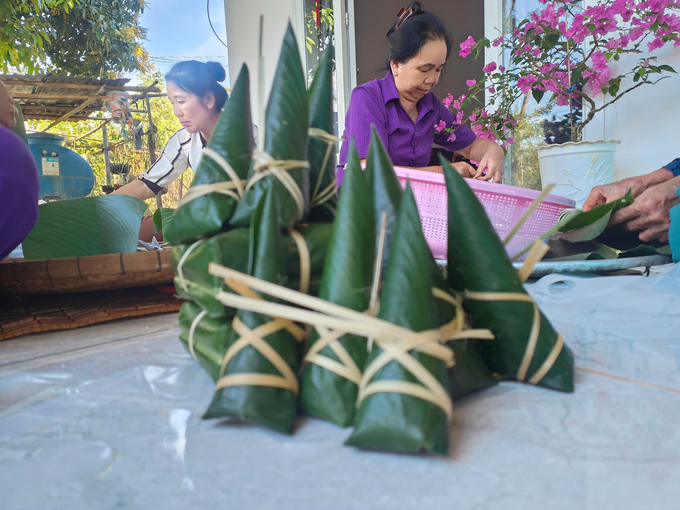
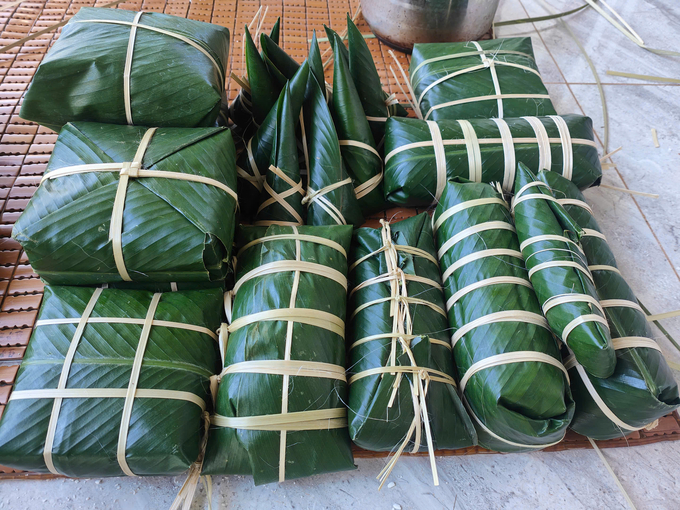
Banh chung, banh cooc mo, banh lung gu of the Tay people.
According to Ms. Nong Thi Thao, from Tan Phuoc commune, Dong Phu district, the humpback cake of the Tay and Nung people is essentially the same as the Kinh people's banh tet, because the ingredients and wrapping methods are the same, only the appearance is different with a large bulging middle and flat ends, so it is called humpback cake. "This is also one of the long-standing traditional cakes of the Tay and Nung people," Ms. Thao said.
According to Ms. Thao, each type of cake has its own meaning, for different generations in the family. Croissants are for children, the way to wrap them is similar to how to wrap banh ú, but the pointed end is made longer like a cow's horn. The purpose is to make it easier for children to hold and not drop it. This cake is also small, each child can eat one. As for tro cake, there is no filling inside, the sticky rice is soaked in bamboo charcoal, for the elderly to eat to cool down.
“For the Tay people, on Tet holiday, banh khao and banh com are indispensable. Guests coming to visit their home are offered these cakes first to show their hospitality. In the past, the Tay people only made banh khau sli during Tet. But later, this cake became known to many people and became a specialty of Cao Bang, so later, they made it on weekdays to sell as gifts to tourists and as presents,” said Mrs. Noi Thi Uyen.
Source: https://nongsanviet.nongnghiep.vn/huong-vi-tet-cua-dong-bao-tay-nung-o-binh-phuoc-d419405.html


![[Photo] Prime Minister Pham Minh Chinh chairs a special Government meeting on the arrangement of administrative units at all levels.](https://vphoto.vietnam.vn/thumb/1200x675/vietnam/resource/IMAGE/2025/5/9/6a22e6a997424870abfb39817bb9bb6c)
![[Photo] General Secretary To Lam and international leaders attend the parade celebrating the 80th anniversary of the victory over fascism in Russia](https://vphoto.vietnam.vn/thumb/1200x675/vietnam/resource/IMAGE/2025/5/9/4ec77ed7629a45c79d6e8aa952f20dd3)



![[Photo] Russian military power on display at parade celebrating 80 years of victory over fascism](https://vphoto.vietnam.vn/thumb/1200x675/vietnam/resource/IMAGE/2025/5/9/ce054c3a71b74b1da3be310973aebcfd)


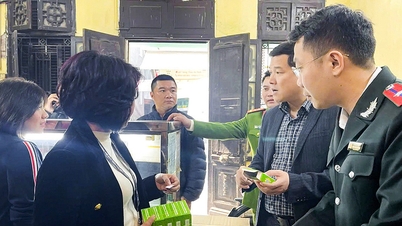

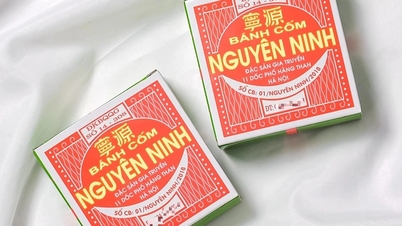
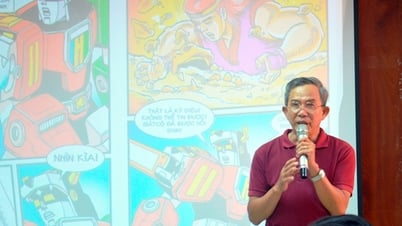

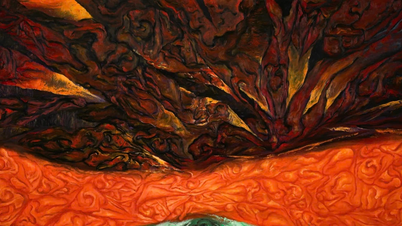

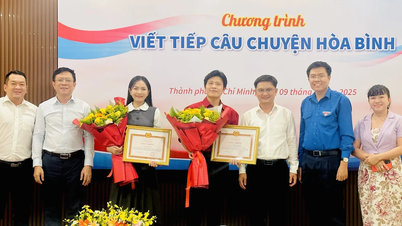
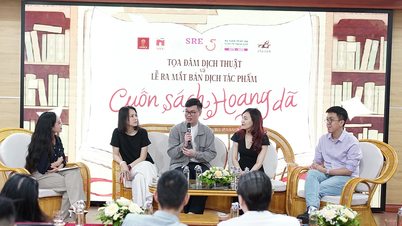




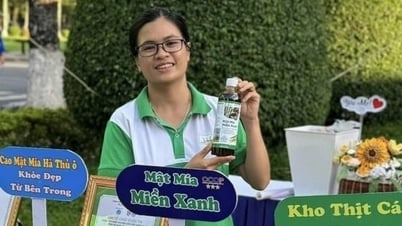


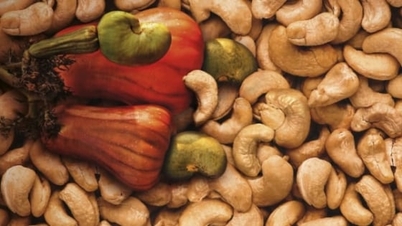
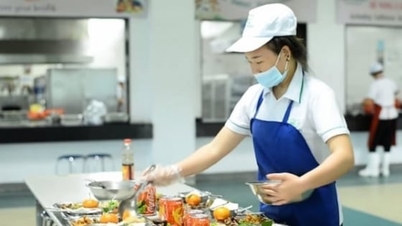
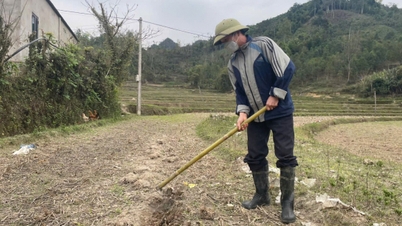
![[Photo] Magical moment of double five-colored clouds on Ba Den mountain on the day of the Buddha's relic procession](https://vphoto.vietnam.vn/thumb/1200x675/vietnam/resource/IMAGE/2025/5/9/7a710556965c413397f9e38ac9708d2f)


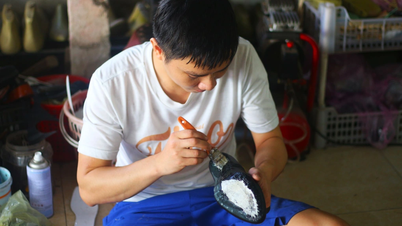
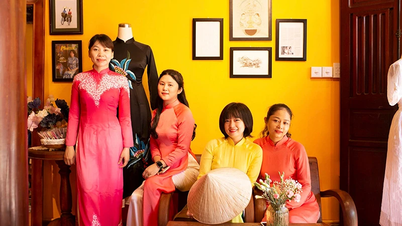

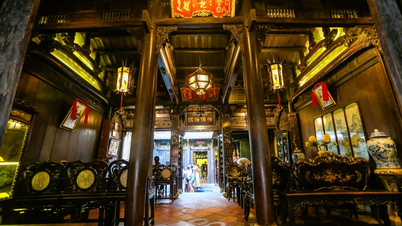
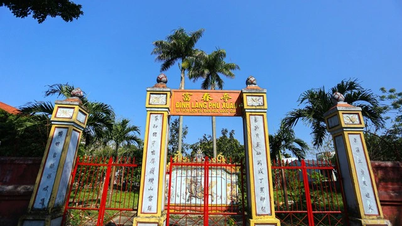

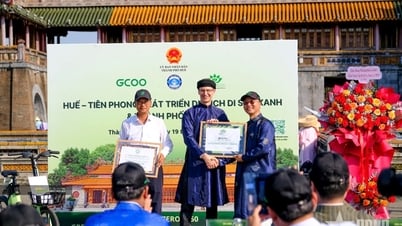































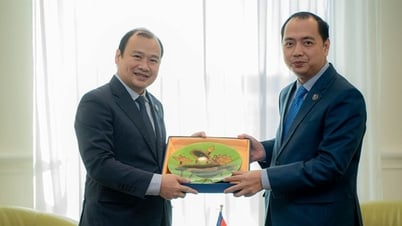









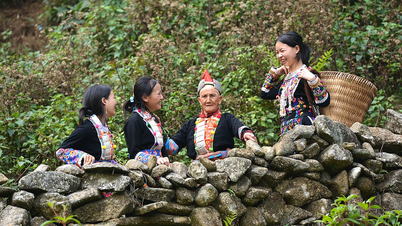









Comment (0)